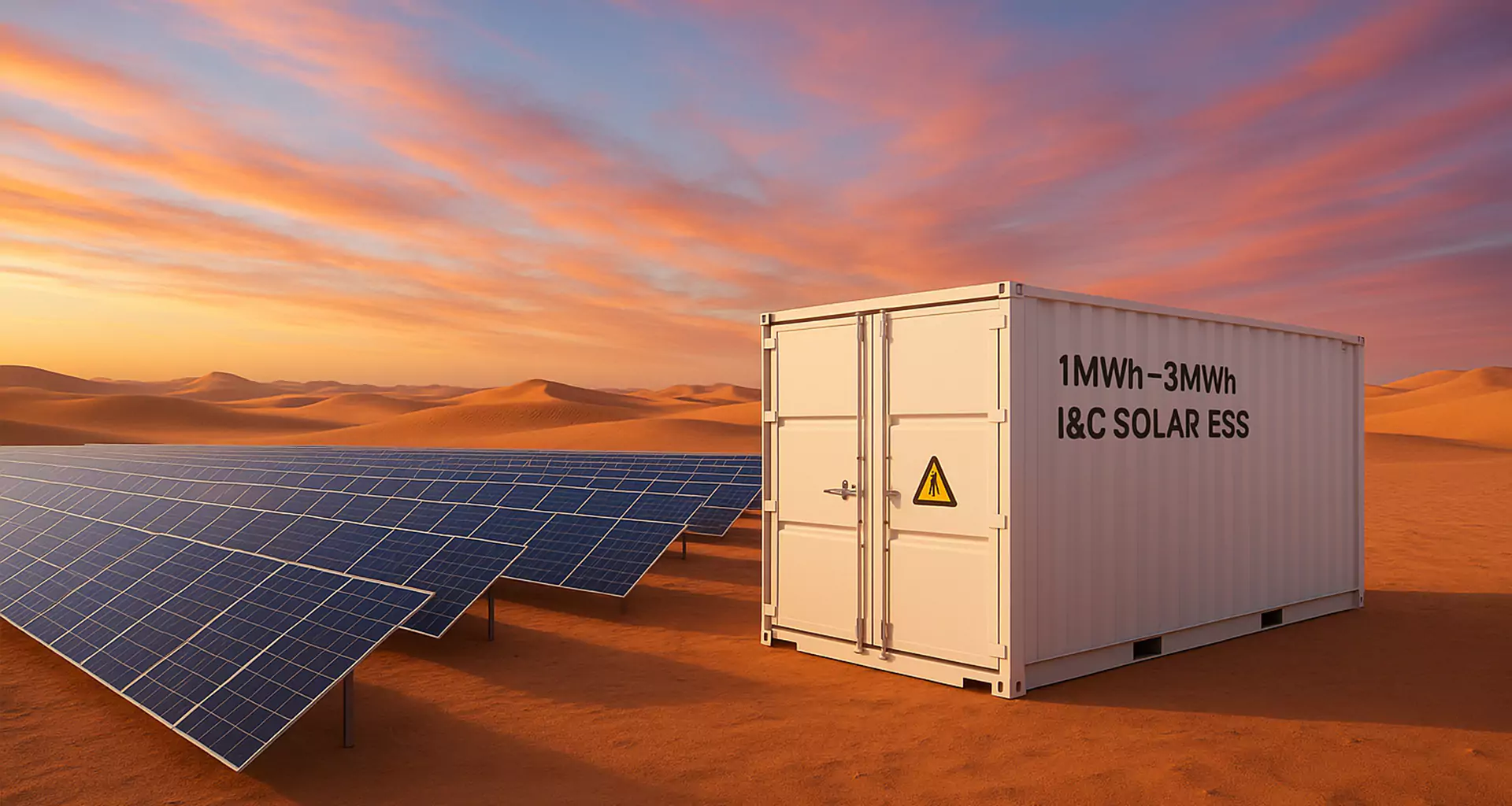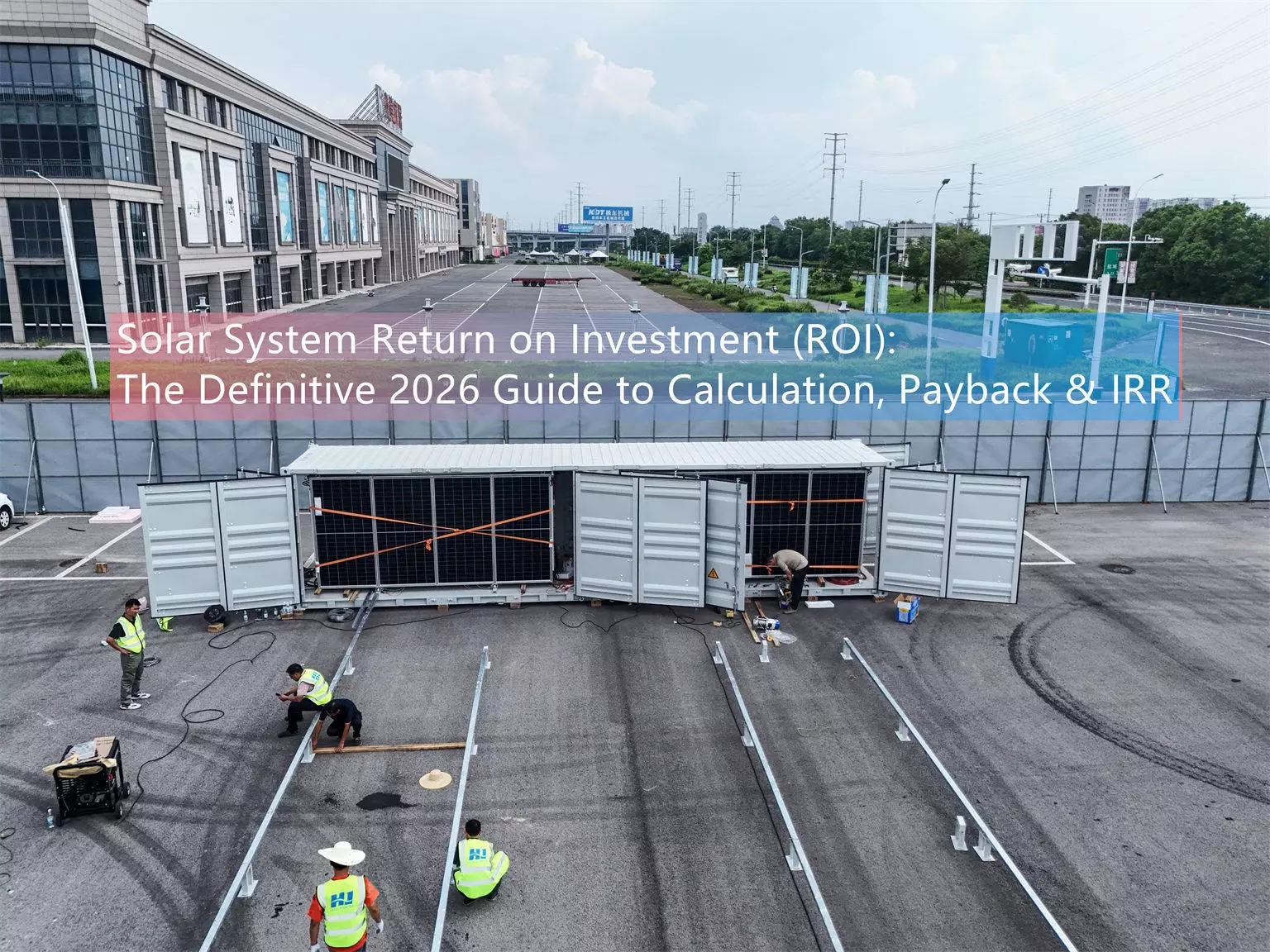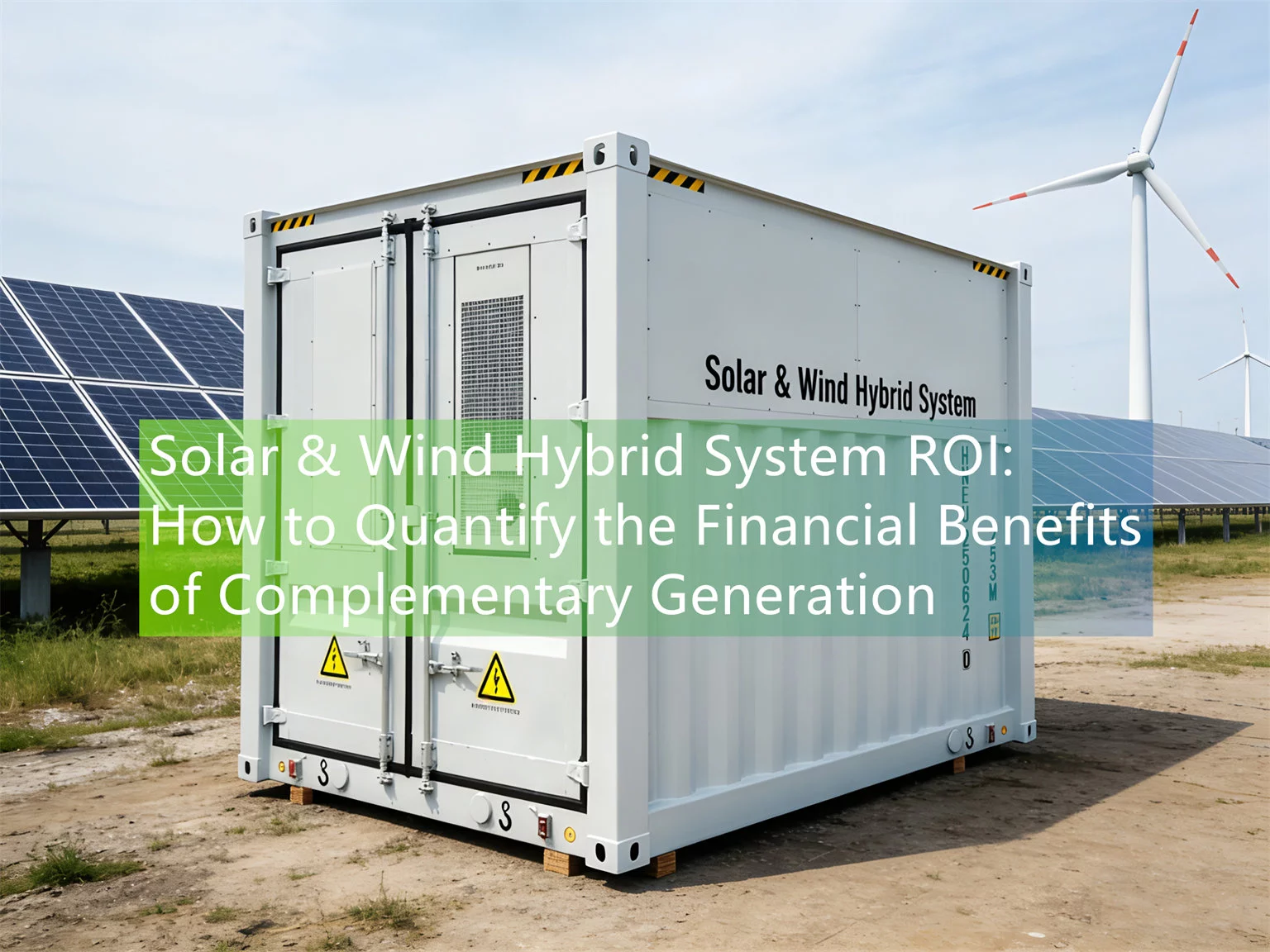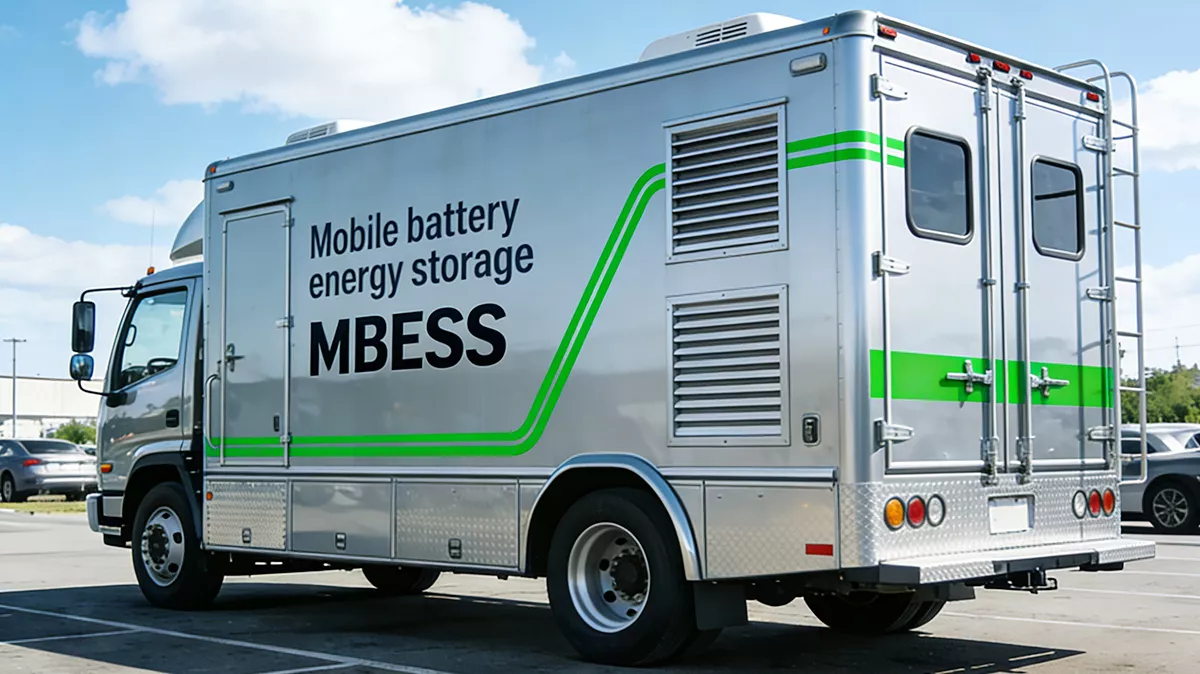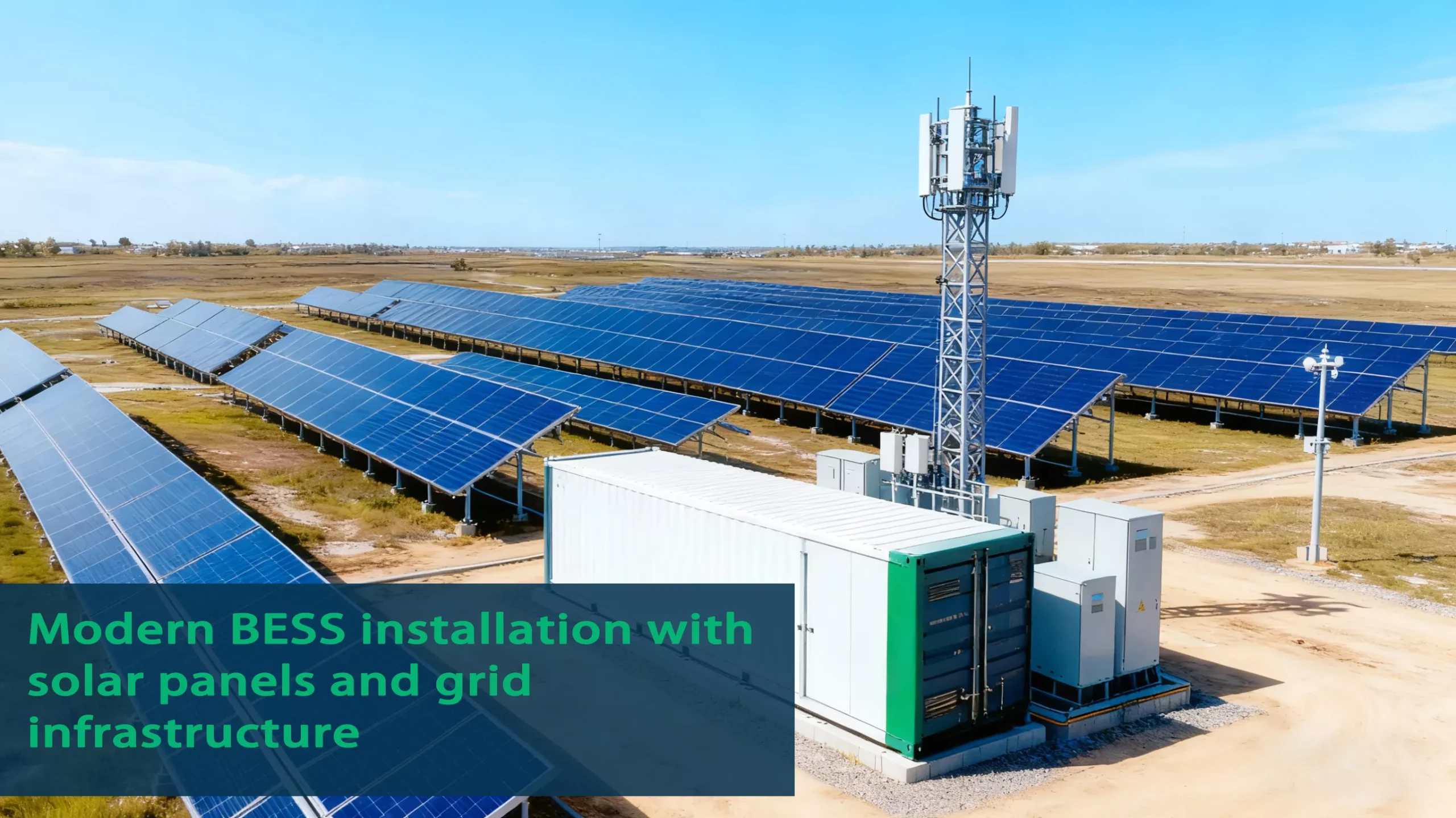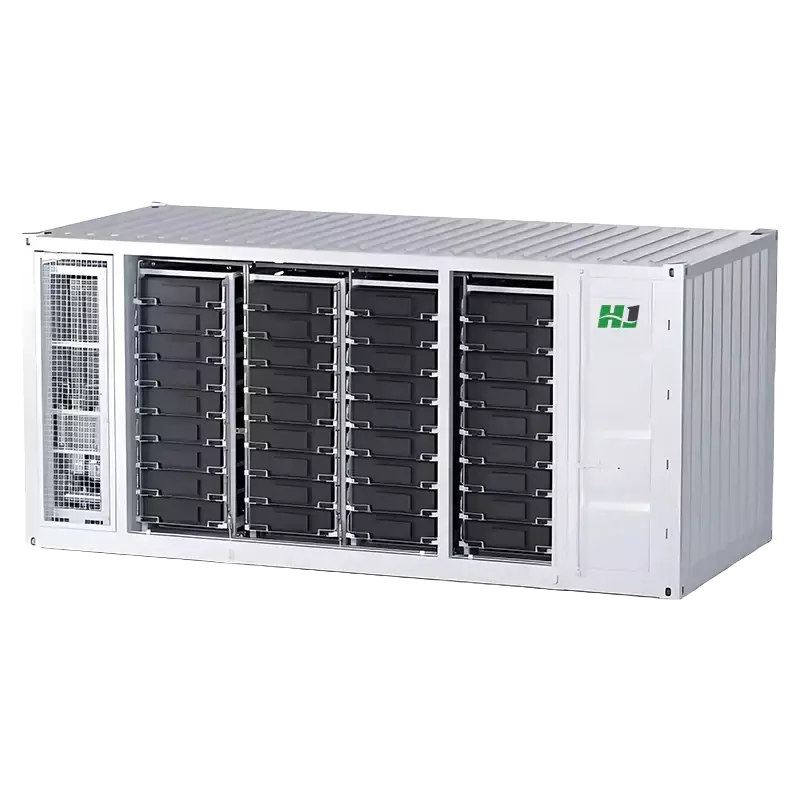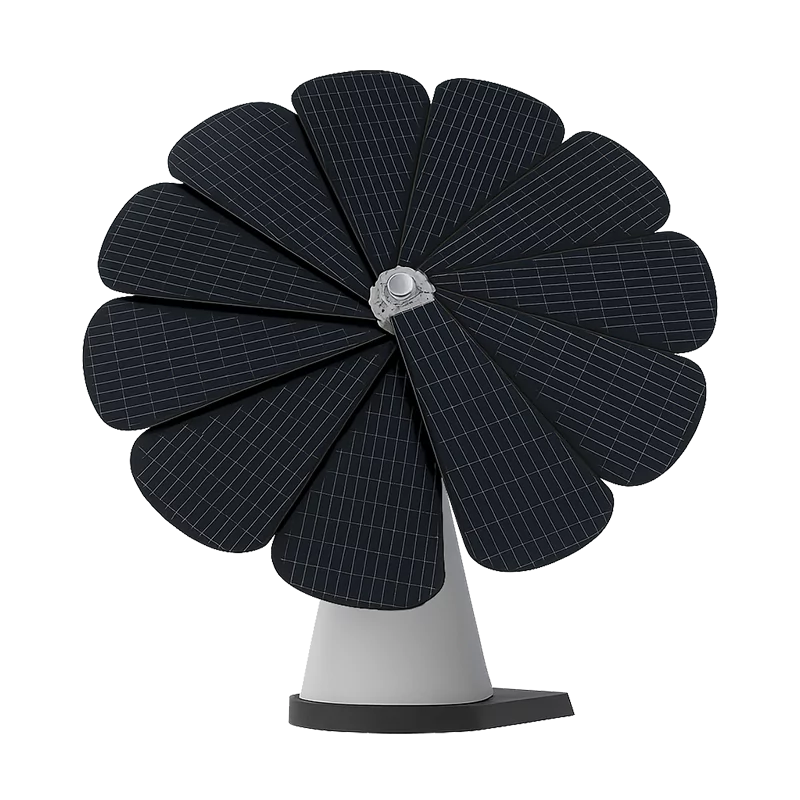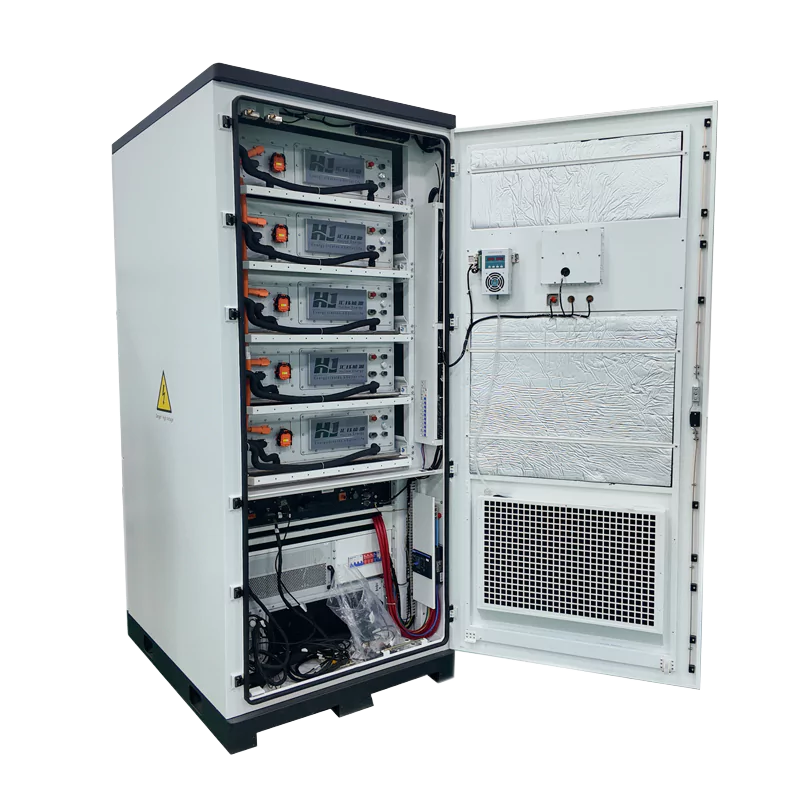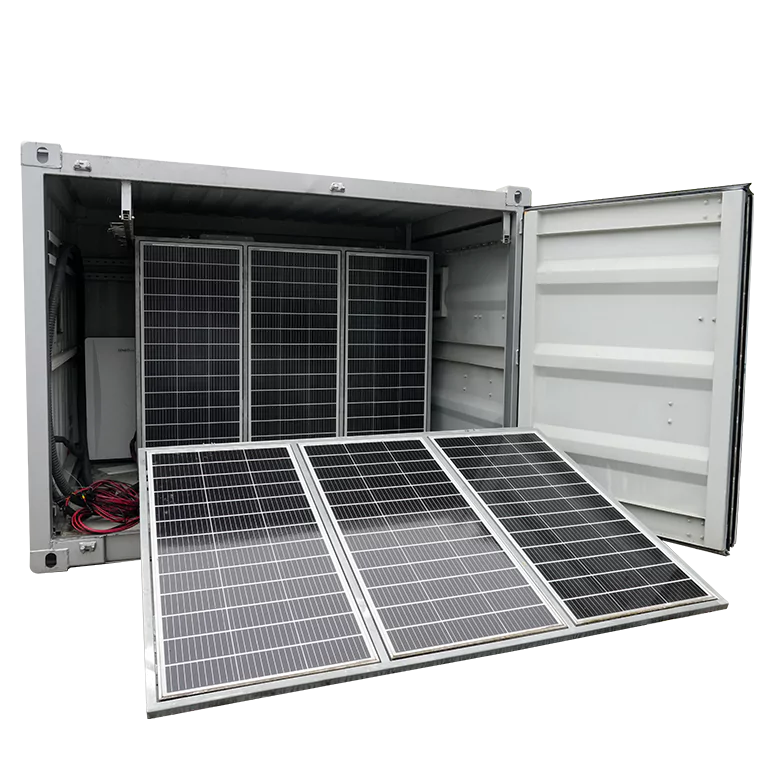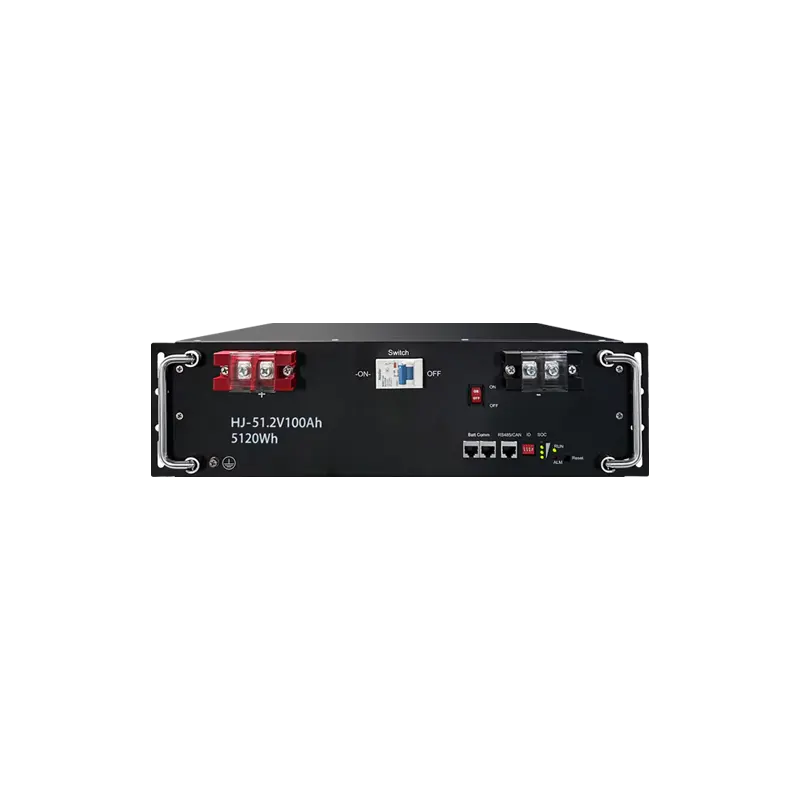N-type TOPCon Solar Cells: The High-Performance Choice for Renewable Energy
If you’ve been following solar energy trends, you’ve probably heard about N-type TOPCon solar cells. They’re not just another tech buzzword—these cells are changing how we think about solar power, from big utility farms to emergency backup systems. Let’s break down what makes them stand out, how they perform compared to older technologies, and where they’re already making a difference.
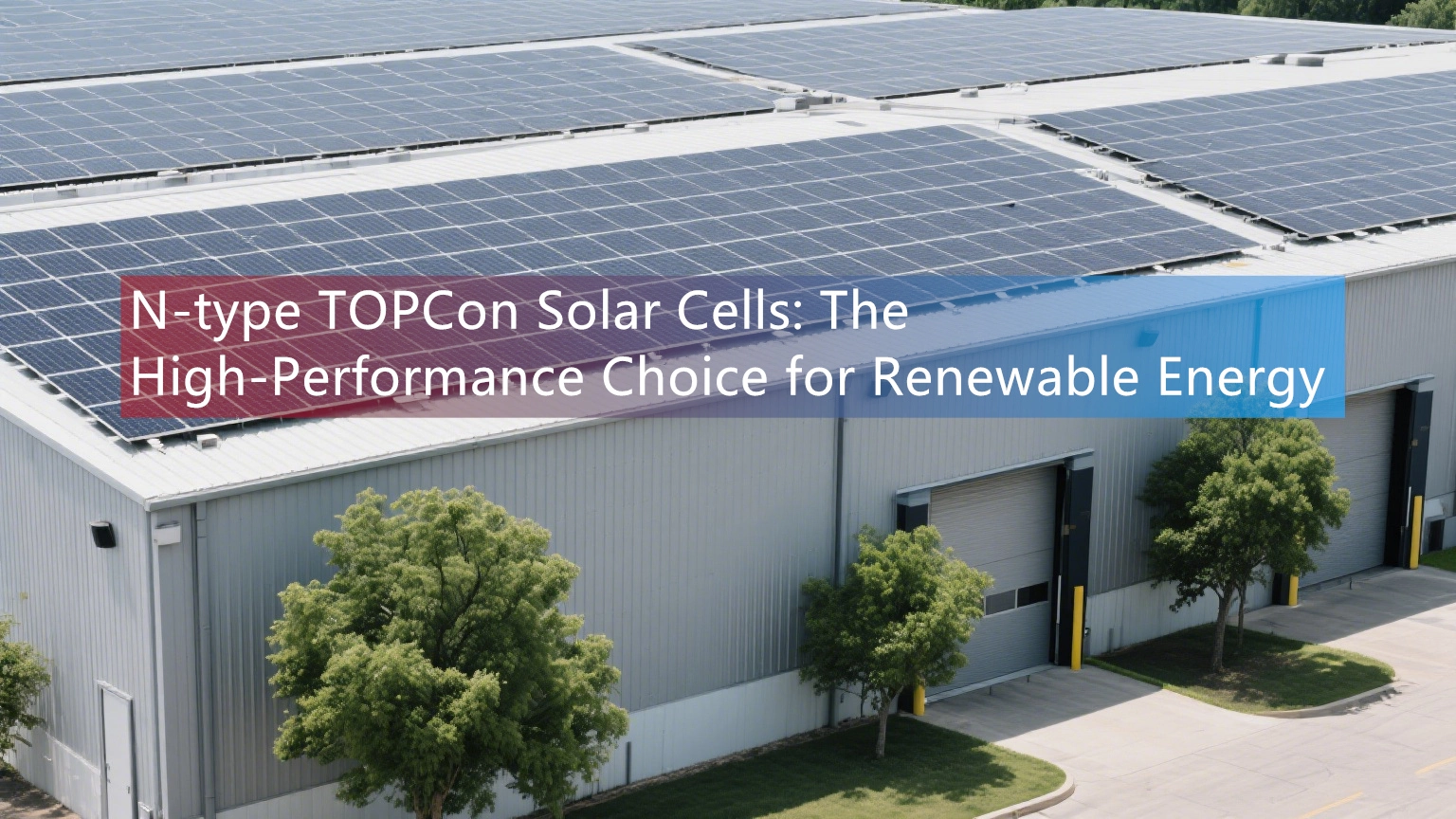
What Are N-type TOPCon Solar Cells, Anyway?
At their core, N-type TOPCon (Tunnel Oxide Passivated Contact) cells are a step up from the more common PERC solar cells. They use an N-type silicon base, which handles light and heat better, and a special “passivated contact” layer that reduces energy loss. The result? More sunlight turns into electricity, and they keep working well for longer.
Here’s what matters in real terms:
- They convert 24–26% of sunlight to electricity (some lab versions hit 28%)—that’s better than most standard solar cells.
- They don’t lose much efficiency over time—maybe 7% total after 25 years, compared to 15–20% for older PERC cells.
- They handle heat and cloudy days better, which means more power when you need it, even in tough conditions.
If you’re pairing solar with storage (like HighJoule’s systems), this extra efficiency means you get more out of every panel.
How Do They Compare to Other Solar Tech?
Let’s keep it simple. When choosing solar, you want the most power for your money, right? Here’s how N-type TOPCon stacks up against what’s been common:
| N-type TOPCon | 24–26% | Loses less power in heat | ~7% loss after 25 years | Most projects, especially hot or cloudy areas |
| PERC (Older Style) | 21–23% | Loses more power when hot | ~15–20% loss after 25 years | Small homes, mild climates |
| Thin-Film (CdTe) | 16–18% | Better than PERC, worse than TOPCon | ~18% loss after 25 years | Large, flat utility farms |
In places like Arizona, where it gets really hot, N-type TOPCon panels make 3–5% more electricity than PERC ones, according to tests by the National Renewable Energy Lab. That adds up over time.
Why N-type TOPCon Might Be Right for You
They Last Longer
Older solar cells can lose a few percentage points of efficiency in their first year. TOPCon cells don’t—they start strong and stay strong. That means more reliable power from day one.
They Save Space
Because each panel makes more power, you need fewer of them. A 1-megawatt system with TOPCon needs about 15% less space than one with PERC panels. Good for tight rooftops or expensive land.
They Work Where Others Struggle
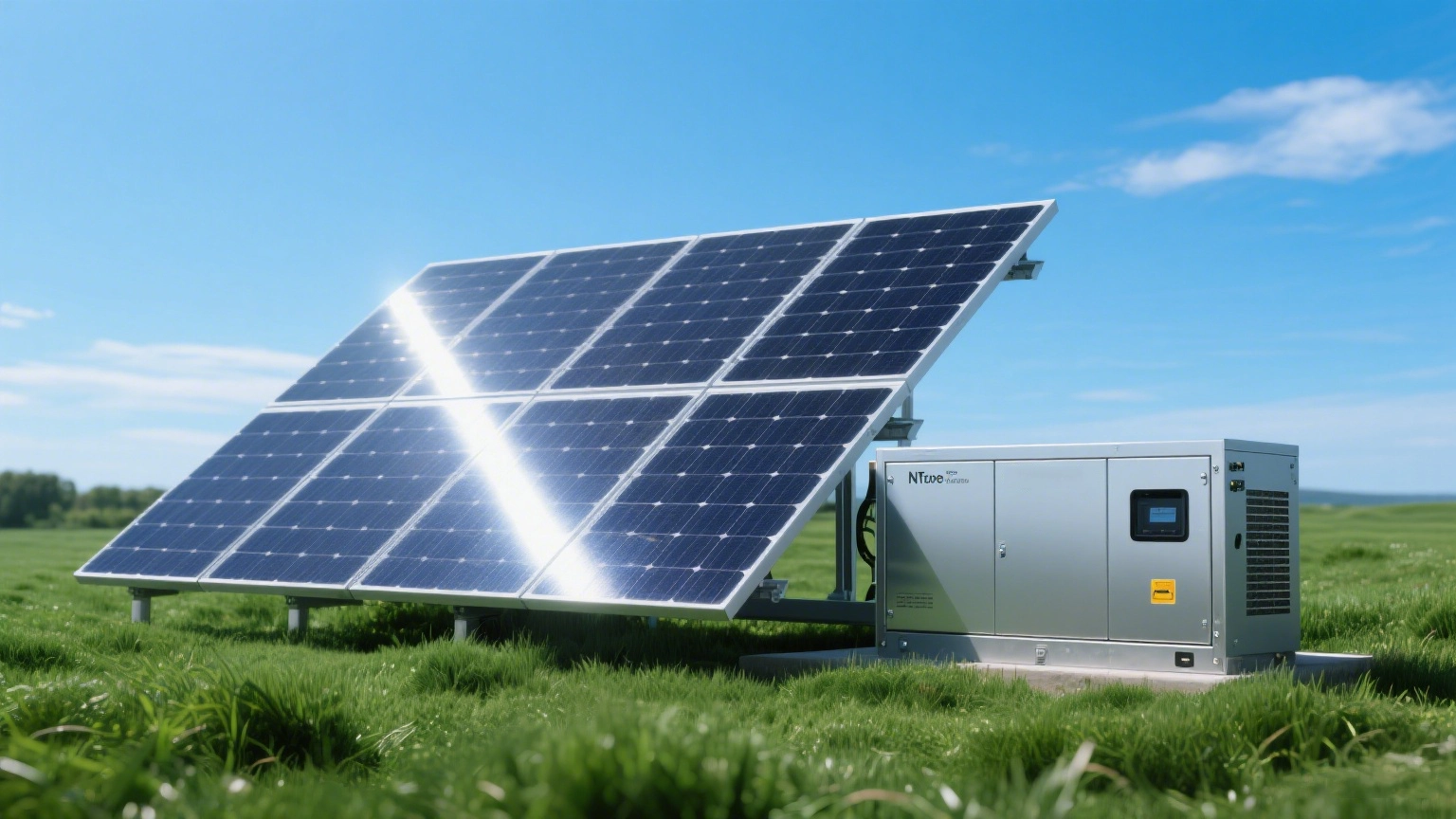
In cloudy places like the Pacific Northwest, or super-hot spots like Texas, these cells keep performing. That’s a big deal if your energy needs don’t take a break when the weather isn’t perfect.
Real Projects Using N-type TOPCon
Solar Star, California (2023)
This huge solar farm added 500 megawatts of TOPCon panels, covering 2,000 acres. So far, they’re making 1.2 gigawatt-hours of electricity daily—enough for 150,000 homes. Even on hot days, they’re outperforming what old panels would do by 6%.
Source: California Energy Commission Report
Amazon’s Texas Warehouse (2022)
Amazon put 4,500 TOPCon panels on their San Antonio warehouse roof. The 2.1-megawatt system covers 30% of the building’s power needs and is making 25% more electricity than planned. It’s on track to pay for itself 1.8 years faster than a standard setup.
Source: Amazon’s 2023 Sustainability Report
Red Cross Emergency Units (2023)
The Red Cross uses 20-foot containers with TOPCon panels and battery storage for disaster zones. In Florida hurricanes and Oregon wildfires, these units kept medical gear and radios running—even when it was cloudy. They work at 85% capacity in bad weather, which is a lifesaver.
Source: Red Cross Emergency Response Guide
What’s Next for N-type TOPCon?
More and more companies are making these panels—by 2025, factories will be able to make 50 gigawatts worth each year. Prices have dropped 37% since 2021, so they’re getting more affordable, too. Experts think the market for TOPCon could hit $32.6 billion by 2028.
HighJoule’s Take
Our solar cells and energy storage systems are fully compatible with TOPCon. Whether you need 15kWh of backup power for a small business or a 430kWh portable unit for temporary outdoor use, our systems are highly efficient and can provide the power you need.
Wrapping Up
N-type TOPCon solar cells aren’t just better—they’re practical. They make more power, last longer, and work in more places than older tech. Whether you’re building a big solar farm, powering a warehouse, or need emergency backup, they’re worth a look.
And when you pair them with a solid storage system, you get reliable, efficient energy that can handle whatever comes your way.
Find Your Solar + Battery Storage Specialist Now!
* Fill out this form and our experts will help you find the perfect solar storage solution for your home or business.


